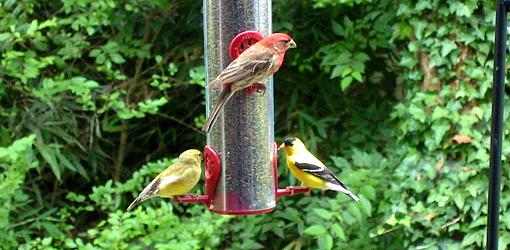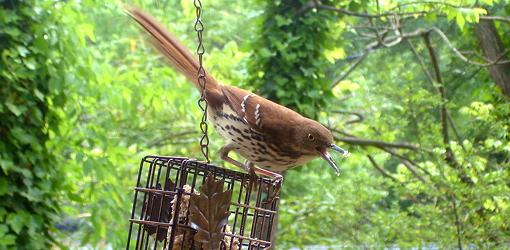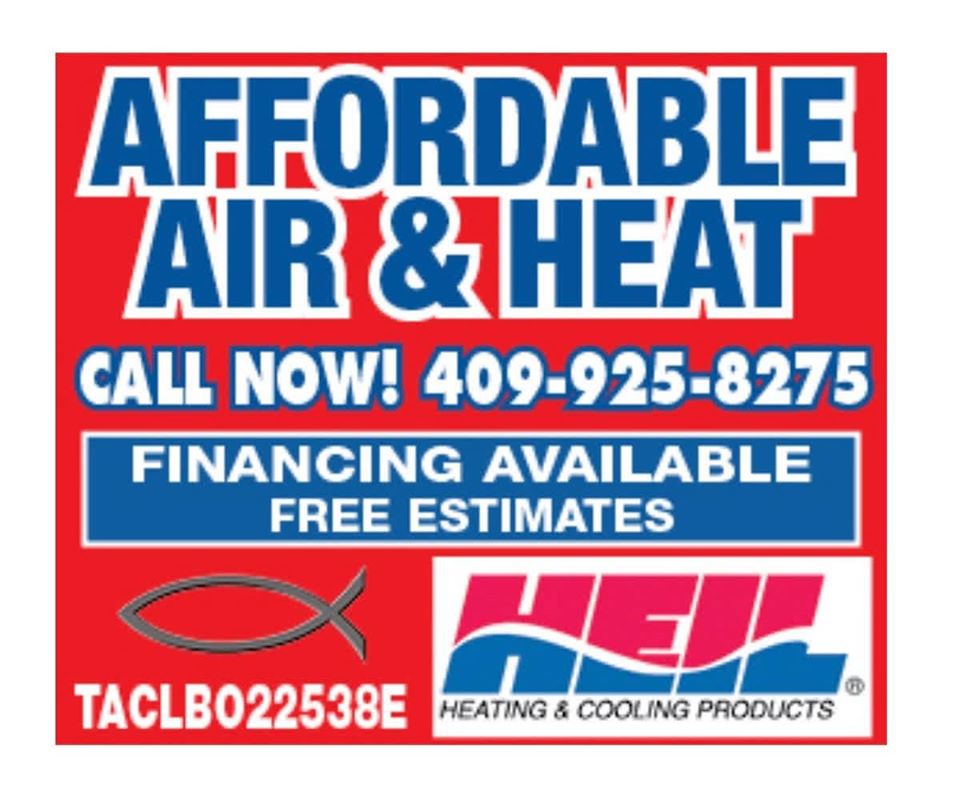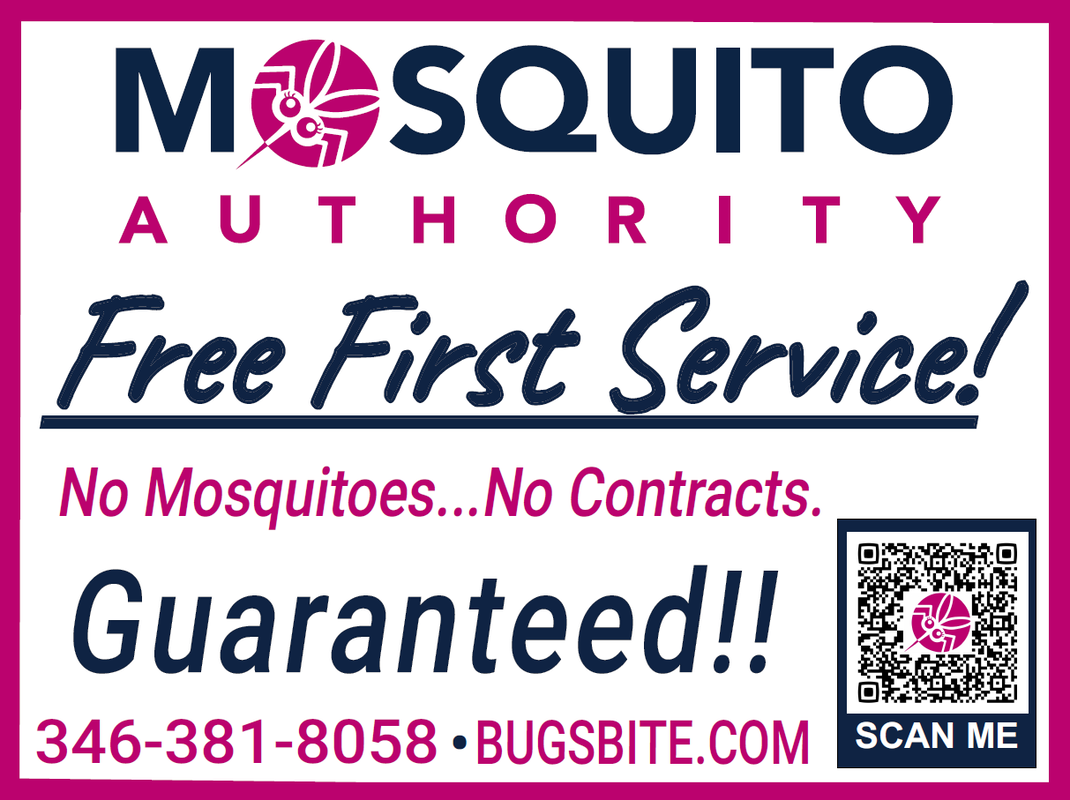|
A yellow goldfinch couple shares the thistle feeder with a red house finch. Whether your home is a 5-acre farm or a 5th floor apartment, you can bring yourself a little closer to nature by attracting and feeding wild birds. Getting started is easy, and once you have some “regulars,” you’ll be able to learn what they like and how to keep them visiting. Pretty soon, you’ll feel you know your birds personally and can experience the joy of watching them feed, sing, and tend their nests. A brown thrasher enjoys a suet feeder.
Types of Bird Feeders To start, all you need is a bird feeder filled with seed that’s attractive to the birds in your area. There are several different types of feeders available:
1 Comment
2/3/2023 06:33:02 am
I want to watch birds in my back yard, so I want to get some bird feeders. I don't have a lot of issues with other critters, so a platform feeder would work perfectly. It would be exciting to see what kind of birds show up.
Reply
Leave a Reply. |


 RSS Feed
RSS Feed



